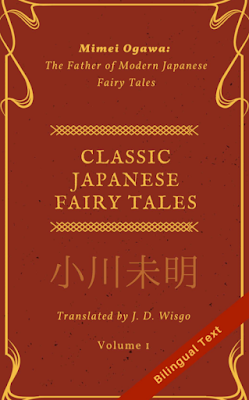Tolkien On Fairy-Stories
| “Tolkien On Fairy Stories: Expanded Edition, with Commentary and Notes”, edited by Verlyn Flieger and Douglas A. Anderson, is a great reference resource for anyone seriously studying fairy-tales, or for anyone who just enjoys them. Included is an introduction by Flieger, which goes over “On Fairy-Stories”, a lecture which Tolkien presented to an audience at the University of St. Andrew on March 8, 1939 for the Andrew Lang Lecture. Flieger breaks down the essay, addressing each section such as Tolkien’s answer to the question “what is a fairy story” and “what is the origin of the story”. Then, she goes into immediate context, larger context, and publication history. Suffice it to say, there is enough here to even do without reading the actual essay, for the introduction sums it up comprehensively and succinctly. But there’s nothing quite like reading Tolkien’s own writing on the matter of fairy-stories itself. Even without taking studious notes, it is possible to read this essay and gather bits and pieces of the important information Tolkien conveys. It is an enjoyable read that includes references from past works and authors, such as Andrew Lang of course. However, it might do a student or serious writer some good to note-take, or to keep that task in the back of their mind to do at a later time. Several points stood out. That fairy-stories are wrongly attached to *be* for *children*. That children are the appropriate audience for fairy-stories, Tolkien states, is quite wrong. That supposed fairy-stories, written with an eye winking toward an adult audience, are not fairy-stories at all. That in fact, this reduces the quality of the fairy-story for the children, for the adults, and for the story itself. And what of this quality? To answer “what is a fairy-story” Tolkien proposes that a true fairy-story captures the world which lives and is side by side within this one, that the fairy-story is real, but it does not use the typical five known senses, but goes beyond this. It is a world in which a tree is much more than a tree, it represents something larger, its own universe. Where animals have their own personalities, wants, longings, conversation. Where things are absurd but only truthfully so, because the imagination has understood those things in such a way that they are, already, absurd (for when does a princess marry a frog? The fact is, she doesn’t. She must keep her promise to a frog and then, she marries a prince). Fairy-stories should be a sub-creation of the world that is already known and lived in, a sub-creation that illuminates the actual into a world of the possible, of the questioning, of the magical. That this subject, the fairy-tale, is a serious writing endeavor and is for each listener alone to comprehend, no matter who. To follow Tolkien’s definition, Lewis Carroll’s “Alice In Wonderland”, for example, is not a fairy-story. Alice enters a crazy world of talking rabbits and flowers, of evil queens and smoking caterpillars. But she wakes up. Alice discovers that it was all a dream. This breaks one of Tolkien’s laws of the fairy-tale. The fairy tale is not something one wakes up from to enter back into normalcy. The true fairy-story continues its existence on and on as if it always were so. For Tolkien, there is no better beginning and ending to the fairy-tale as “Once upon a time” and “happily ever after”. There is no direct beginning. There is no explicit ending. It is a continuation of something much larger, which is connected in the fabric of this thing called reality. The happy ending is also a mark of an authentic fairy-tale. For Tolkien, it is a consolation for the catastrophe which is existence. Tolkien’s “eucatastrophe” is a moment of pure happiness, fleeting, but powerful and strong enough to linger through time, until it comes again in full force. The eucatastrophic moment is a necessary one in Tolkien’s conception of the authentic fairy-tale. The last point that seems fundamental to this essay (keep in mind all the points described here are in no particular order) is the concept of origin. Where does the fairy-tale come from? Where do these types of folk-tale/fairy-tale tropes originate? While some, like Lang, take an anthropologic view on this, that the folktales from Western culture came from a more “primitive”, “tribal” time in which humans felt the need to explain their surroundings, Tolkien compares these stories to a soup. Soup that is just there, brewing and stewing. Things are added in and kept there for flavor, some things are taken out. The origin in itself (the bones) is not important. What is served up is important. What is served up is what matters. Tolkien quotes Dasent, and somewhat disagrees with his soup metaphor (see essay), but then writes this: “By ‘the soup’ I mean the story as it is served up by its author or teller, and by ‘the bones’ its sources or material - even when (by rare luck) those can be with certainty discovered.” Let’s be concerned with the soup itself, not the bones from which it came, though, it would be nice to know, even accidentally, from where those bones came. For Tolkien, invention, inheritance, and diffusion are the fairy tale’s main ingredients. |




Comments
Post a Comment